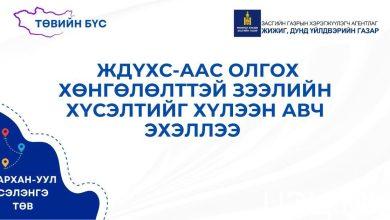Pulmonary High Blood Pressure That Teams: Understanding the Different Classifications
Pulmonary high blood pressure (PH) is a complicated as well as modern condition characterized by high blood pressure in the arteries of the lungs. It can result in diaform + various signs and symptoms as well as issues, making precise medical diagnosis and category essential for efficient monitoring. The World Wellness Company (WHO) has testoy iskustva actually defined 5 different teams, or categories, of lung high blood pressure based upon their underlying causes and also hemodynamic accounts. Recognizing these groups can assist medical care professionals provide the most proper therapy as well as assistance for patients with PH.
Pulmonary high blood pressure that groups are identified as follows:
Team 1: Lung Arterial Hypertension (PAH)
Group 1 PH, also known as lung arterial high blood pressure, is defined by the constricting as well as stiffening of the pulmonary arteries, causing enhanced resistance to blood flow. PAH can be idiopathic, hereditary, or connected with various other problems such as connective cells conditions, HIV infection, or particular medicine and also toxic substance exposures. Signs might include shortness of breath, exhaustion, breast pain, as well as fainting. Treatment choices for PAH include vasodilators, endothelin receptor villains, and also prostacyclin analogues.
Common conditions associated with Team 1 PH consist of:
- Connective tissue illness (e.g., systemic sclerosis, systemic lupus erythematosus)
- HIV infection
- Portal high blood pressure
- Hereditary heart illness (e.g., atrial septal issue, ventricular septal defect)
- Drug as well as toxin direct exposures (e.g., anorexigen, methamphetamine)
Group 2: Lung Hypertension as a result of Left Heart Disease
Team 2 PH is caused by left-sided heart disease that result in raised stress in the pulmonary veins and also capillaries. One of the most usual source of Team 2 PH is left ventricular systolic or diastolic dysfunction, likewise known as heart failure with managed or reduced ejection fraction. Symptoms of Team 2 PH can include shortness of breath, swelling in the legs, exhaustion, and also workout intolerance. Therapy focuses on handling the underlying heart disease and also enhancing heart function.
Team 3: Lung Hypertension due to Lung Diseases and/or Hypoxia
Team 3 PH is connected with considerable lung conditions as well as chronic hypoxia, which brings about constraint and remodeling of the lung arteries. Conditions such as persistent obstructive lung illness (COPD), interstitial lung disease, and sleep-disordered breathing can contribute to the growth of Group 3 PH. Symptoms may consist of lack of breath, cough, hissing, and also exercise intolerance. Treatment entails managing the underlying lung condition, enhancing oxygenation, and also lung recovery.
Group 4: Persistent Thromboembolic Pulmonary Hypertension (CTEPH)
Group 4 PH is a result of persistent thromboembolic obstruction of the lung arteries, leading to increased pressure and resistance. It is often a consequence of unsettled acute pulmonary blood clot or reoccurring embolic occasions. Signs and symptoms may consist of lack of breath, breast pain, fatigue, and also swelling in the legs. Therapy choices for CTEPH consist of surgical thromboendarterectomy, lung endarterectomy, or balloon lung angioplasty.
Team 5: Lung Hypertension with Vague Multifactorial Mechanisms
Group 5 PH includes a heterogeneous team of conditions that do not fit right into the various other categories. These conditions might consist of blood problems, metabolic conditions, systemic problems, and other unusual conditions. The hidden devices adding to Team 5 PH are commonly uncertain and also need further investigation. Treatment choices depend upon the specific underlying reason and signs and symptoms existing.
Conclusion
Recognizing the different lung high blood pressure WHO groups is vital for accurate diagnosis and ideal monitoring. Each team has distinct reasons, signs and symptoms, as well as treatment methods. By recognizing the specific group, medical care experts can supply customized treatments to improve individuals’ lifestyle as well as prognosis. If you think you or an enjoyed one might have pulmonary hypertension, it is critical to consult with a health care professional for appropriate examination as well as diagnosis.




